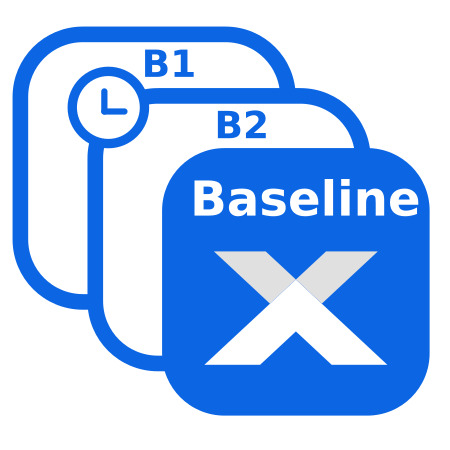Stay on Top & Control With Requirements Traceability Matrix
The Requirement Traceability Matrix is an essential project management tool that systematically tracks and monitors requirements from beginning to delivery.
Start Free Trial
The Requirement Traceability Matrix is an essential project management tool that systematically tracks and monitors requirements from beginning to delivery.
Start Free Trial
Have you ever been lost in the sea of project requirements or been informed that the requirements were not clear?
Inexplicit requirements often lead to project failures. Therefore, gathering and tracing requirements are crucial for aligning the end product and the client's expectations.
A project receives various requests from the clients. The main question is how you will track these ad hoc requirements & changes. How can you accommodate it within the timeframe?
Forming a requirement traceability matrix is the most practical and systematic approach to keeping all the requirements in one place.
The Requirement Traceability Matrix, or RTM, is an essential project management tool that systematically tracks and monitors requirements from beginning to delivery.
It shows how each Jira requirement traceability is linked to a specific deliverable and how each deliverable is linked to the project's goals. This information can track the project's progress, identify potential risks, and ensure that the project is completed on time and within budget.
This blog explains how to formulate an effective Jira requirements traceability matrix and its importance in successful project delivery.

A requirements traceability matrix (RTM) is a document that maps out the relationship between requirements and project work. It is a traceability tool that provides accountability to project requirements by proving that predetermined project requirements are met, and provides a record of any testing, issues and completed items. By using an RTM, teams ensure that test cases are aligned with the project's needs.
The Traceability Matrix is used in various stages of the project lifecycle, such as:
Industries like Aerospace, Automobiles, Healthcare, Gaming, Information & technology, etc., which develop software, hardware, or video games, use traceability as part of their quality and compliance management systems.
It measures the accuracy of projects with the stakeholder's or business's demands while ensuring that the deliverables are defect-free.
In addition, RTM is relevant in traditional (waterfall) and modern (agile) project management methodologies. The traditional waterfall approach helps to trace and verify requirements sequentially. In SCRUM methodology, it is used to record user stories between product and sprint backlog.
The requirement traceability matrix in Jira is created according to the organizational standards and needs. It generally includes requirement ID, baseline document reference number, bug ID, and test cases.

The Requirements Traceability Matrix is a valuable tool for project managers. It helps to ensure that all project requirements are met and the project is completed on time and within budget.
The RTM visually represents the relationships between project requirements, test cases, and other project documentation. It can track the project's progress, identify potential risks, and ensure that all requirements are met.
There are several types of RTMs, each with advantages and disadvantages. The most common type of RTM is the functional RTM, which tracks the relationships between functional requirements, test cases, and other project documentation.
Another type of RTM is the technical RTM, which tracks the relationships between technical requirements, test cases, and other project documentation. Technical RTMs are often used in software development projects.
Finally, there are also hybrid RTMs, which combine elements of both functional and technical RTMs. Hybrid RTMs are often used in projects with functional and technical requirements.
Regardless of the type of RTM used, it is an essential tool for project managers. It can help to ensure that all project requirements are met and that the project is completed on time and within budget.
In conclusion, the Requirements Traceability Matrix in Jira is a tool used to track the progress of a project at each stage. It also helps project managers ensure that deliverables meet stakeholder expectations. The information above briefly overviews the RTM, its importance, and how to create one.
If implemented correctly, a well-defined RTM can help a project manager avoid scope management-related issues later in the project. This can lead to improved project quality and reliability of the final product while minimizing rework and maximizing efficiency.
Optimizory is the market leader in offering the most powerful requirements traceability tools, such as RMsis and Links Explorer, for managing end-to-end traceability efficiently and effectively. Enhance your commitment to delivering a complete solution for visualizing, tracking, analyzing, and reporting your projects using Links Explorer.
Elevate your project management experience with Links Explorer's Traceability Reports View today!
Contact us at support@optimizory.com or create a support ticket for inquiries or assistance. Our team is dedicated to maximizing your project management journey.

The ultimate tool to take issue snapshots and track changes.